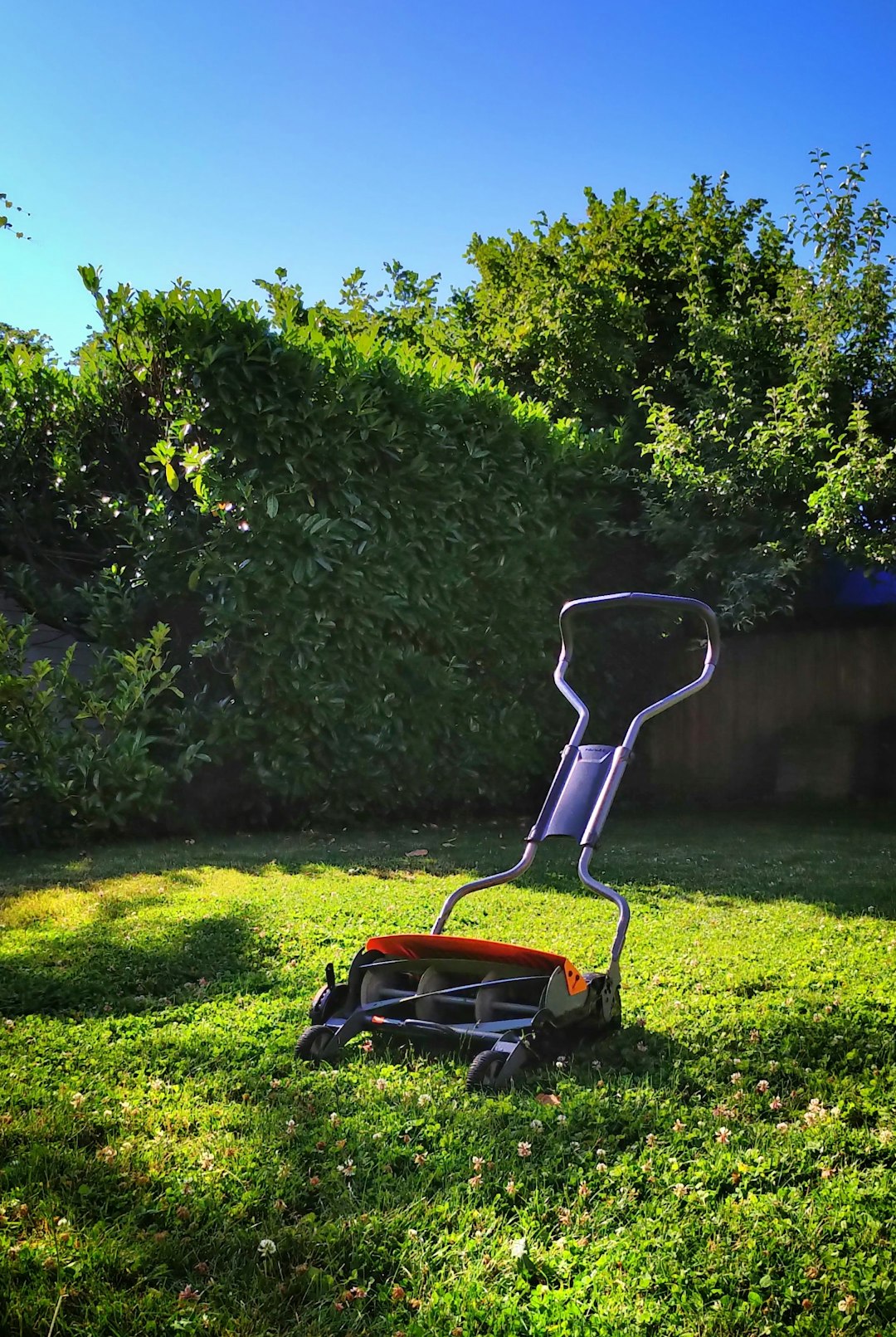Battery-powered lawn mowers have become increasingly popular due to their environmental advantages, lower noise levels, and reduced maintenance requirements. However, the lifeblood of these machines—their batteries—require proper care and attention to ensure longevity and maximum performance. Without a strong understanding of proper battery maintenance, even the most advanced mower can underperform or fail prematurely. By following a series of best practices and being consistent in maintenance, users can extend the lifespan of their mower batteries significantly and protect their investment.
Understanding Battery Types in Lawn Mowers
Before diving into care techniques, it’s essential to understand the types of batteries commonly found in lawn mowers. Most modern electric mowers use one of the following:
- Lithium-ion (Li-ion): The most common type today. Known for quick charging, lightweight design, and longer lifespan.
- Lead-acid: Typically found in older or budget models. Heavier and less efficient compared to Li-ion batteries.
- Nickel-cadmium (NiCd): Less common now but used in some models. Known for being durable but susceptible to memory effect.
Your maintenance strategies may vary slightly depending on the type of battery, though core principles remain the same. Always refer to the owner’s manual for specific guidance related to your mower’s battery type.
Best Practices for Extending Battery Life
Several practices can drastically improve the health and longevity of your mower’s battery. Ignoring these principles can lead to decreased performance and costly replacements.
1. Charge Properly
One of the simplest ways to extend battery life is to follow proper charging habits:
- Always use the manufacturer-provided charger to avoid damage from incorrect voltage or current.
- Charge the battery immediately after use. Letting it fully discharge and sit that way can cause lasting damage.
- Avoid overcharging. Remove the charger once full; leaving it plugged in perpetually may degrade long-term health unless it has smart shutoff capabilities.
2. Store in Ideal Conditions
Temperature and humidity play critical roles in battery preservation. Batteries are sensitive to climate extremes, particularly heat.
- Store the battery in a cool, dry place, ideally between 40°F to 80°F (4°C to 27°C).
- Never leave batteries in a hot car or exposed shed. Prolonged exposure to temperatures above 100°F (38°C) can cause permanent damage.
- Avoid freezing environments, as they can reduce the battery’s capacity and cause internal structure degradation.

3. Clean the Battery and Contacts
Proper physical maintenance prevents poor connectivity and corrosion:
- Use a dry cloth to wipe the battery and contacts after each use, especially after mowing in damp conditions.
- Check for corrosion, especially around contact points, and clean gently using a brush if needed.
- Never use water or liquid cleaning agents, which can compromise seals and lead to internal damage.
4. Avoid Complete Discharges
Unlike older battery technologies, lithium-ion batteries do not benefit from full discharges. In fact, doing so repeatedly can shorten their useful life.
- Try to recharge the battery once it hits around 20-30% capacity.
- Avoid draining it entirely, especially if it won’t be recharged immediately afterward.
5. Use the Mower Appropriately
How you operate your electric mower also influences the battery’s longevity:
- Avoid heavy mowing when grass is wet or overly thick, which puts extra strain on the motor and drains the battery faster.
- Don’t let the blades become dull or unbalanced; sharp blades reduce workload on the motor and thus the battery.

Long-Term Storage Considerations
Batteries must be handled with extra care during winter months or any extended period when the mower is not in use. Incorrect storage techniques can reduce capacity or completely ruin the battery.
- Charge the battery to about 50-70% before storing. This level helps maintain stability without risking deep discharge while idle.
- Remove the battery from the mower and place it in a controlled indoor environment.
- Inspect monthly. If the battery drops significantly in charge, top it up to around 50% again and monitor performance post-winter.
When to Replace the Battery
Even with optimal care, all batteries will degrade over time. Knowing when to replace will keep mower performance consistent and safe. Signs include:
- Noticeable reduction in run time even after a full charge
- Inability to hold a charge for more than a day or two
- Visible swelling or deformation of battery casing
- Unusual smells or heat generation while charging
In these scenarios, it’s best not to attempt to repair or force-use a failing battery. A replacement from the original manufacturer or authorized supplier ensures safety and compatibility.
Disposal of Old Batteries
Battery disposal must be handled responsibly. Never throw old mower batteries in household trash or landfill. They contain heavy metals and can leak toxic chemicals.
- Consult local recycling centers or hazardous waste facilities to understand guidelines specific to battery disposal.
- Retailers often offer return programs for used batteries when you’re purchasing new ones.
Common Mistakes to Avoid
To ensure optimal battery lifespan, avoid these frequent and damaging user habits:
- Leaving batteries idle while fully discharged
- Charging batteries immediately after mowing when they’re still hot
- Using third-party or low-quality chargers that can overheat or overcharge
- Storing batteries in leaky, humid environments like outdoor sheds
Making Battery-Care a Habit
Ultimately, the secret to a long battery life lies in routine and attention. Make battery care part of your mowing regimen just like blade sharpening or oil changes in gas-powered machines. A few minutes spent with your battery before and after each mowing session can save you hundreds of dollars in premature replacements.
Most modern mower batteries are well-engineered to provide several years of reliable service. That said, how long they actually last depends heavily on user care. By charging them correctly, storing them properly, keeping them clean, and avoiding unsafe handling, you’ll get the most out of your investment while benefiting from the quieter, cleaner mowing experience that battery-powered tools offer.
The next time you finish cutting your lawn, remember: caring for your battery is just as important as maintaining the lawn itself.
I’m Sophia, a front-end developer with a passion for JavaScript frameworks. I enjoy sharing tips and tricks for modern web development.
